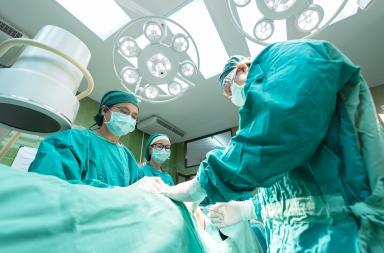

Hospitals have to improve their ventilation systems
Healthcare complexes are the most critical buildings from the viewpoint of indoor air quality, as they have to protect the patients who are hospitalised, whose defences are lowered, as well as the staff who take care of them. But on this matter not all hospitals have the same advantages.
In a recent article the architect David Staczek, from the renowned international studio ZGF, imagined buildings that are as environmentally advanced as the scientific procedures taking place within them. The goal could be applied to all types of research centres, but especially to hospitals and other healthcare complexes.
Healthcare centres are also the most critical buildings from the viewpoint of indoor air quality, and their requirements are higher. They must cover patient biosafety, as their immune system is usually more compromised, and that of the healthcare staff. This was shown in the II Indoor Air Quality Congress, organised by the Association of Manufacturers of HVAC Equipment (AFEC), the Spanish Technical Association of HVAC and Refrigeration (ATECYR) and the Federation of Indoor Environmental Quality Companies (FEDECAI).
Two types of centres
As stated by the experts, there are two differential lines in Spanish hospitals: those built after the RITE (Regulations for Thermal Installations) came into effect in 2007, and those built before this. In older buildings the ventilation levels are not enough, and at times the airflow from the outside that is being brought into the rooms is not even known. The same happens in primary care facilities. The speakers also warned that it is quite complicated to carry out improvements while the hospital is functioning, and that the investments made are quite low.
On the other hand, the experts said that there are differing regulations in Europe that are not unified, and they pointed out that international regulations should be established retroactively, with unified criteria that are updated to today’s requirements and should regularly be updated, including the inspections necessary to guarantee that they are met.





